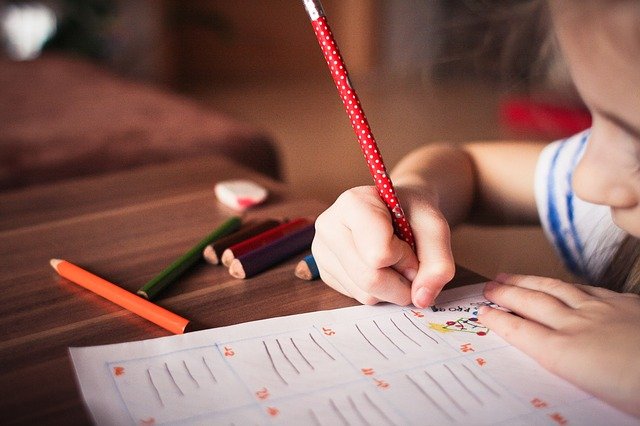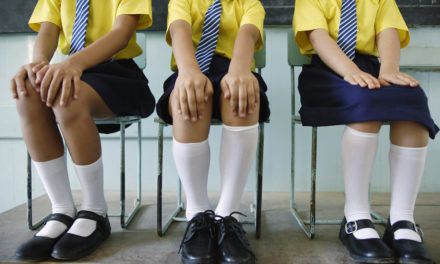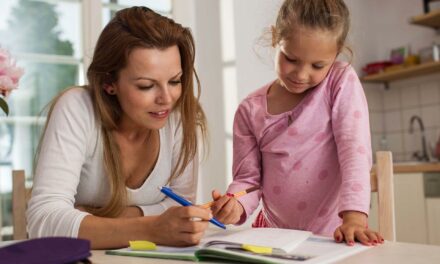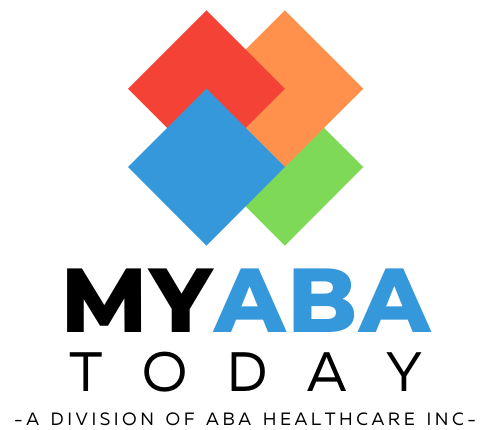There is no one-size-fits-all solution for homework, but you may establish a study place that works for your child by following these guidelines:
Set The Tone
Is your child a solitary learner or does he require more stimulation to concentrate? Set up a space in a bedroom or an out-of-the-way location for those seeking solitude. Carve off a permanent portion of the kitchen or family room for studying for youngsters who thrive in a busy environment or like to engage you during homework time. By staying away from family thoroughfares, you can keep distractions to a minimum.
Make The Space Welcoming
Choose a location where your youngster will be relaxed, attentive, and aware. She may like reading in bed, but she will not finish her book report if she falls asleep. A padded chair would be a better choice!
Ergonomics
The ideal height for your child’s work surface is waist height. Check to see if he can rest his elbows on the table without hunching his shoulders when he sits down. Even if he doesn’t constantly sit that way, he should be able to lay his feet flat on the floor. If his chair isn’t tall enough, have him sit on a pillow or tuck a shoebox under his feet to help them reach the ground. To prevent soreness, place a rolled-up blanket behind your child’s back. If your child has a computer, place it 18-30″ away from him or her. His eyes will benefit from an anti-glare screen.
Turn It On
If your child needs to squint at her books or can’t see what she’s writing, she’ll become tired and distracted quickly. Combine overhead lighting with a reading or desk lamp that she can direct toward the books or computer screen.
Disperse Yourself
Ascertain that your youngster can organize his work so that he does not become engulfed in a heap of papers. If he has a computer on his desk, move it to the side so that there is room for pen-and-pencil work as well. As a parent, it can be easy to step in too often, wait for them to ask for help.
Stock Up On Supplies
What are the supplies that your child is always on the lookout for? Scissors? Is that a calculator? Paper? Keep all of the supplies in one place so she doesn’t have to look for them. Make sure your child has a calendar, to-do list, or planner so she understands what she needs to accomplish and when she needs to do it.
Make A Plan
To keep his belongings organized, have your youngster utilize boxes, drawers, organizers, or whatever he chooses. To help your youngster keep track of due dates and useful reminders, hang a bulletin board and/or a wall calendar.
Decorate
Posters, photographs, artwork, and other important decor can be used to customize your child’s space. She might as well enjoy herself since she’ll be there for a while. Plus, staring at that photo of her dog can spark an idea for a narrative or a paper. A tropical theme classroom decoration could be something to consider.
Turn Off Electronics
Distractions include noise, television, and anything else that can pique your child’s interest other than his geography test. During study time, choose background music or silence.
These nine tips should help you to create a good study space for your children to focus. Do you have any other tips that could help? Please share them in the comments below.









